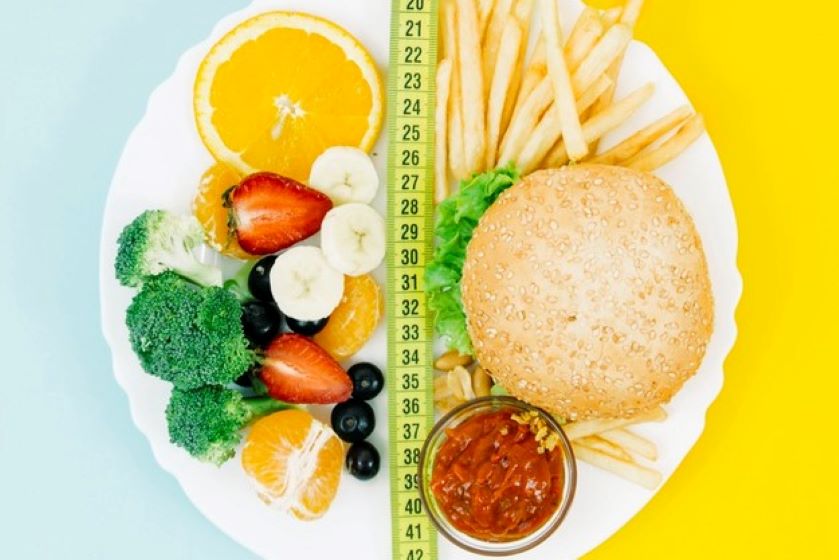The rapid process of transformation, in social and environmental terms, which involved the very organization of daily life has, with good reason, affected cultures, strategies, styles and ways of consumption. Factors of socio-demographic change have induced important changes in food consumption that also affect lifestyle.
The organization of the food day has partly changed and the importance of the various deadlines for food intake has changed. The habit of taking out meals has spread, the home is no longer considered the exclusive and ritual place of consumption. The process has also affected the food imaginary, modifying the values, tastes, preferences and symbolic meanings of food and its individual and collective consumption. The perceptions of the body have changed, the perception of health and its relationship with food, the custom for industrial products, attention to what you eat.
In this cultural context, the theory of needs (Dietary reference values) replaces the personalization of consumption choices (“I eat what I want”). The food act from a convivial dimension (the table) becomes more and more of an informal need, of escape from the rigidity of the rules, what is beautiful to see and to show expresses positive food choices.
A diet including the consumption of meat becomes connected with the symbolic act of accessing a condition of well-being and good nutrition. Such a legacy slowed the speed of the transition to balanced and nutritionally correct eating styles and subsequently the concept of the pursuit of beauty partially obscured the defense of health.

The food for thought on what Enrico Finzi identifies as “food modernity” lead us to a complex sociological analysis, since the process of change has not produced a new shared, all-encompassing, binding model but rather the legitimacy of many models, different from each other and dynamic.
One fact that emerges in a striking way concerns the need to implement a preventive approach at the table. The crisis of the Mediterranean diet, which is universally recognized as having a protective function, is certainly the thermometer of new eating styles, especially in adolescents.
Some fundamental components such as olive oil, fruit, vegetables, are less and less consumed and replaced by a diet rich in fats and proteins with often lacking quality aspects.
Eating food does not simply mean satisfying the physical sensation of hunger,
but also to guide one’s food choices
with a view to protecting one’s health.
Research accredited on consumption and social change show today that communication / education in effective prevention are the more socially competent, in view of the fact that families have a wide variation in socio-and l & Options on the target they intuitively influence the choices on messages and means.
Bringing out the socio-cultural articulations of the population at risk can serve both to identify different targets, and above all to articulate interventions.
On the map of household orientations in the area of consumption, built on social, cultural and environmental determinants, we can project the relative risk for obesity. The obesity epidemic is particularly evident in high-development nations, where people adopt sedentary lifestyles and use foods that are often affordable, low in nutrients and high in fat and calories.
Many studies conducted in recent years seem to agree in relating the increase in obesity and chronic diseases related to it and avoidable with the exposure of pediatric subjects to food marketing advertising actions. The Food Standards Agency confirmed that food marketing actually affects children’s food preferences, their purchasing choices and their consumption, both in terms of brand (e.g. that specific chocolate bar) and in terms of food category ( e.g. confectionery versus fruit).
It follows that it is important to reverse this trend, to return to the naturalness of food.
In the food imaginary, the maximum of naturalness coincided with the minimum of manipulation, that is, with the possibility of directly controlling the composition and transformation process of food.
It is necessary to implement a constant work of food education, which can guide food choices by developing awareness about the consequences of nutrition on health and the possibility of maintaining a satisfactory aesthetic image avoiding the use of do-it-yourself diets or research improbable body patterns.


